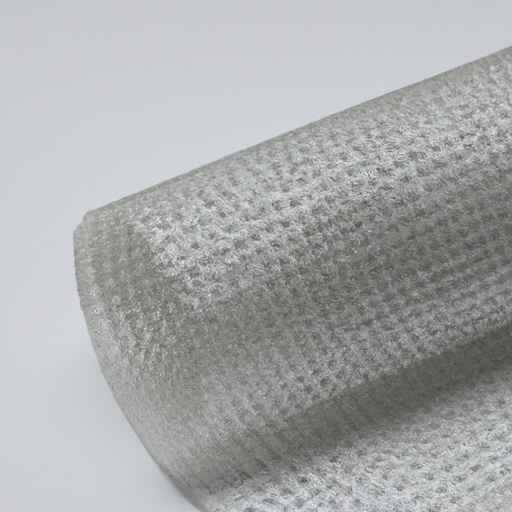
Title: The Mainstream Quartz Fiber Sleeve Production Process: A Comprehensive Overview

Introduction (100 words)Quartz fiber sleeves are widely used in various industries due to their exceptional thermal and mechanical properties. This article aims to provide a comprehensive overview of the mainstream production process of quartz fiber sleeves. By understanding the steps involved in their manufacturing, we can gain insights into the quality, durability, and applications of these versatile products.
1. Raw Material Selection (150 words) The first step in the production process of quartz fiber sleeves is the careful selection of high-quality raw materials. Quartz fibers, also known as fused silica fibers, are made from pure silicon dioxide (SiO2). The selection process involves assessing the purity, chemical composition, and physical properties of the raw materials to ensure consistent and reliable performance in the final product.
2. Fiber Drawing (200 words) Once the raw materials are selected, the fiber drawing process begins. In this step, the selected quartz rods are heated to their melting point and then drawn into thin fibers using a specialized fiber drawing tower. The fibers are continuously pulled and stretched to achieve the desired diameter and length. This process requires precise control of temperature, tension, and speed to ensure uniformity and strength in the resulting fibers.
3. Fiber Coating (200 words) After the fiber drawing process, the quartz fibers are coated with a protective layer to enhance their mechanical properties and resistance to environmental factors. The coating material is typically a polymer or ceramic compound that provides additional strength, flexibility, and thermal stability to the fibers. The coating process involves immersing the fibers in a coating solution or applying the coating material through a deposition technique, such as chemical vapor deposition (CVD) or plasma-enhanced chemical vapor deposition (PECVD).
4. Fiber Bundling and Twisting (200 words) To create a quartz fiber sleeve, individual coated fibers are bundled together and twisted to form a consolidated structure. This bundling and twisting process improves the overall strength and stability of the sleeve. The number of fibers and the degree of twisting depend on the desired sleeve thickness and mechanical properties. Advanced machinery and automation are employed to ensure precise and consistent bundling and twisting.
5. Sleeve Formation (200 words) Once the fiber bundling and twisting are complete, the next step is to form the quartz fiber sleeve. This is achieved by placing the bundled fibers onto a mandrel or mold with the desired shape and dimensions. The mandrel is then heated to a specific temperature, allowing the fibers to fuse together and form a solid sleeve. The heating process is carefully controlled to prevent any deformation or damage to the fibers.
6. Sleeve Finishing and Quality Control (200 words) After the sleeve formation, the quartz fiber sleeves undergo a series of finishing processes to ensure their dimensional accuracy, surface smoothness, and overall quality. These processes may include trimming excess material, polishing the surface, and inspecting for any defects or imperfections. Quality control measures, such as visual inspection, dimensional measurement, and mechanical testing, are implemented to ensure that the sleeves meet the required specifications and standards.
Conclusion (100 words) The mainstream production process of quartz fiber sleeves involves several critical steps, including raw material selection, fiber drawing, coating, bundling and twisting, sleeve formation, and finishing. Each step requires careful control and adherence to specific parameters to achieve high-quality sleeves with exceptional thermal and mechanical properties. Understanding this production process provides valuable insights into the durability, reliability, and applications of quartz fiber sleeves in various industries.




